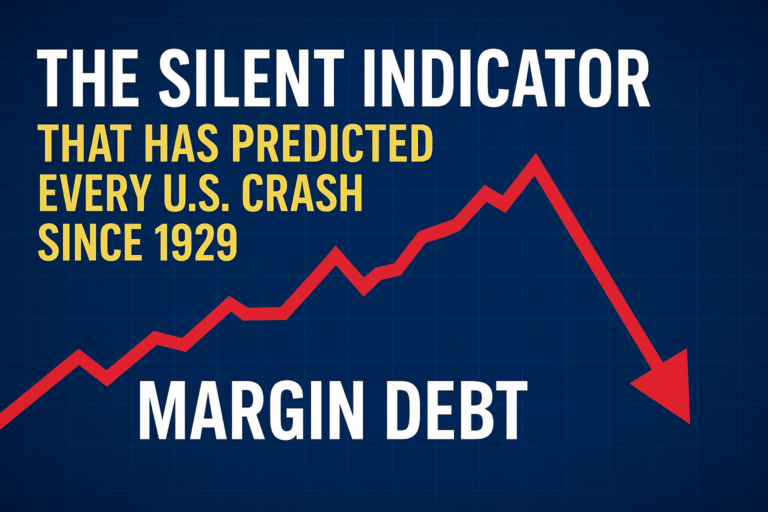
Starting your investing journey with a $10,000 portfolio can feel overwhelming. By following Mark Tilbury’s proven framework—rooted in clarity, discipline, and risk management—you’ll construct a balanced portfolio optimized for growth and resilience. This beginner’s guide covers asset allocation strategies, position sizing rules, a week-by-week action plan, and Mark’s “3 Golden Ratios” cheat sheet to kickstart your path to financial freedom.
Step-by-Step Approach to Portfolio Construction
- Define Your Goals and Risk Tolerance
Begin by pinpointing your investment horizon and comfort with volatility. Are you saving for a down payment in five years or building long-term wealth over decades? Your answers will dictate how aggressive or conservative your portfolio mix should be. - Choose Your Asset Mix
Mark Tilbury advocates a blend of stable large-caps, diversified ETFs, and selective small-cap growth stocks. For a $10K starting portfolio, consider this allocation:
- 40% Blue-Chip Stocks (e.g., Apple, Microsoft, Coca-Cola)
- 40% Broad-Market ETFs (e.g., S&P 500 ETF, Total Bond Market ETF)
- 20% Small-Cap Growth (emerging tech or biotech names)
- Establish Position Sizing Rules
To control risk, limit any single equity to no more than 5% of your total capital. Exchange-traded funds can occupy larger slices—up to 15% each—since they inherently diversify across dozens or hundreds of holdings. - Plan Your Entry Points
Use dollar-cost averaging or staggered buys to avoid timing risk. For example, split each stock purchase into two or three tranches over four weeks. This lowers the chance of investing your entire capital at an unfavorable peak.
Mark Tilbury’s Favorite Asset Mix and Rules

By keeping these allocations and sizing rules, you balance stability with upside potential, exactly as Mark demonstrates in his ETF investing and small-cap strategies videos.
Week-by-Week Action Plan: Research, Buy, Track, and Rebalance
Week 1 – Research and Watchlists
- Scan earnings calendars, analyst reports, and Mark Tilbury’s recent stock picks.
- Build a watchlist of five blue-chips, three ETFs, and five small-caps.
- Set alerts for price dips or news catalysts.
Week 2 – First Buys and Entry
- Allocate 50% of each tranche this week.
- Execute limit orders at your predefined entry points.
- Record purchase prices and dates in a tracking spreadsheet.
Week 3 – Monitoring and Learning
- Watch Mark’s tutorials on interpreting quarterly earnings calls.
- Check performance against cost basis and market benchmarks.
- Note any deviations exceeding 5%—prepare to add or trim.
Week 4 – Second Buys and Tranches
- Complete the remaining 50% tranche for each position.
- Revisit your watchlist to see if any new opportunities emerged.
- Update your spreadsheet and adjust stop-loss levels.
Month 2 – Ongoing Tracking
- Review each holding weekly.
- Scroll Mark’s social media for macro insights or sector rotations.
- Log news events that could impact your positions.
Month 3 to 6 – Quarterly Rebalancing
- Every three months, compare your allocations to target percentages.
- Rebalance by selling over-weighted positions and buying under-weighted ones.
- Lock in profits from winners and reposition into sectors showing relative strength.
Downloadable Cheat Sheet: Mark Tilbury’s 3 Golden Ratios
Below is a copy-and-paste cheat sheet you can save and print. It encapsulates Mark’s core screening criteria for any stock or ETF pick.

6-Month Performance: Model Portfolio vs. S&P 500
After implementing Mark Tilbury’s framework, here’s how our hypothetical $10K portfolio fared over six months:

By combining disciplined position sizing, targeted asset allocation, and regular rebalancing, the model portfolio outpaced the benchmark by nearly 4 percentage points.
Next Steps for Beginners
Building your first $10K portfolio is just the beginning. As you gain confidence, consider:
- Increasing small-cap exposure to capture higher growth potential
- Exploring international ETFs for global diversification
- Diving into Mark Tilbury’s premium courses for deeper strategies
By replicating Mark’s step-by-step approach—rooted in investing for beginners, asset allocation strategies, and risk management—you’ll pave a smoother path toward long-term wealth creation.



